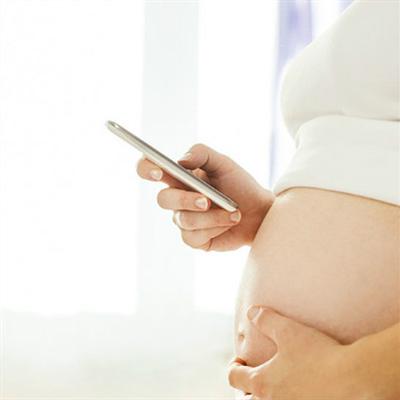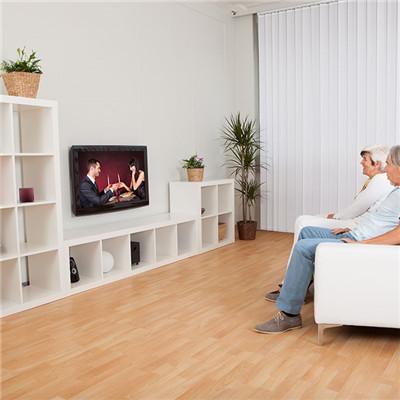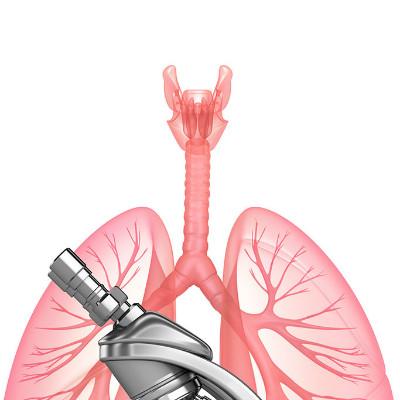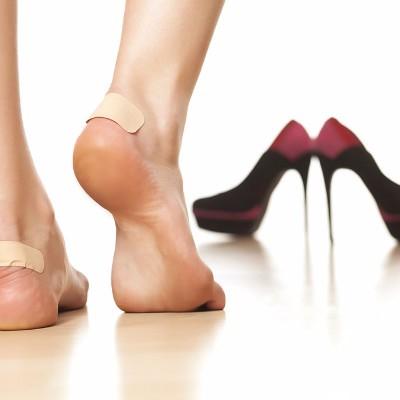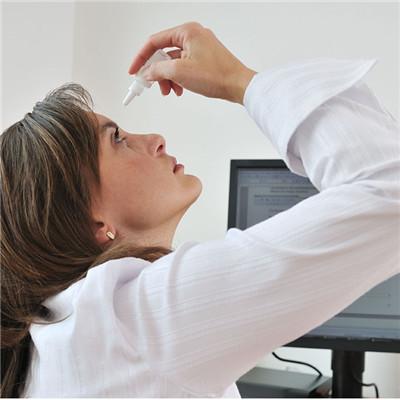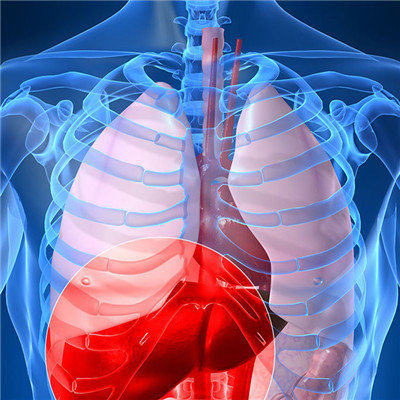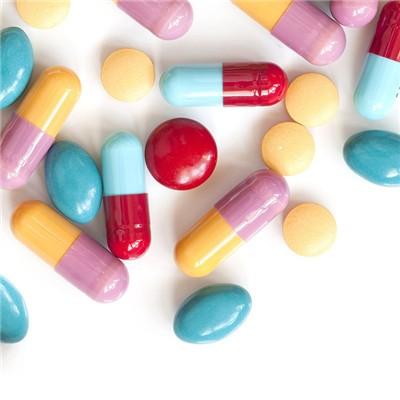What does migraine symptom have?
summary
Migraine is the most common type of primary headache in clinic. The main clinical manifestations are paroxysmal moderate to severe headache and pulsatile headache. Headache is mostly unilateral and lasts for 4 to 72 hours. It can be accompanied by nausea and vomiting. Light and sound stimulation or daily activities can aggravate the headache. Quiet environment and rest can relieve the headache. Migraine is a common chronic neurovascular disease. What are the symptoms of migraine? Next, I'd like to share my views with you.
What does migraine symptom have?
It is pulsatile, and the symptoms can be complicated when the pain continues with contraction of neck muscle. Often accompanied by nausea, vomiting, photophobia, fear of sound, sweating, general discomfort, scalp tenderness and other symptoms. Compared with migraine with aura, migraine without aura has a higher attack frequency, which can seriously affect the work and life of patients. Frequent use of painkillers is often required, and it is easy to merge into a new type of headache - "medication overuse headache" and "medication overuse headache".
Migraine without aura is the most common type of migraine, accounting for about 80%. Before the onset of the disease, there are no obvious symptoms. Some patients have mental disorders, fatigue, yawn, loss of appetite, general discomfort, etc. before the onset of the disease. Women's menstruation, drinking, fasting hunger can also induce pain. Headache is usually aggravated slowly, with recurrent pain in one or both frontotemporal areas,
Migraine with aura accounts for about 10% of migraine patients. A few hours to a few days before the onset of symptoms such as burnout, inattention and yawning. Before or when headache occurs, reversible focal nervous system symptoms are often used as aura, and the most common is visual aura, such as blurred vision, dark spot, flash, bright line or visual deformation; The second was sensory aura, and most of the sensory symptoms were distributed in face hand area;
matters needing attention
Avoid headache inducing factors: to prevent migraine attack, first eliminate or reduce the inducement of migraine, in daily life should avoid direct stimulation of strong light, such as avoid looking directly at the reflection of car glass, avoid looking from dark indoor to bright outdoor. Avoid looking at neon lights with strong light. Avoid emotional stress, taking vasodilators and other drugs, drinking red wine and eating foods containing cheese, coffee, chocolate, smoked fish, etc.
